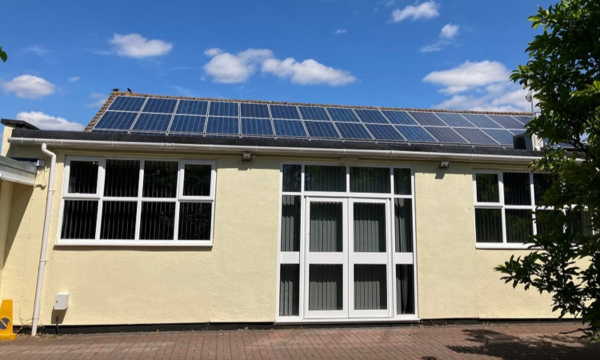
GUEST COLUMN:
James Crawford
CEO
Johnsey Estates

As commercial property owners, I can say with confidence that the landscape has fundamentally changed, and it isn't what it once was.
Gone are the days of large, long-term lettings dominating our portfolio. Today, we're witnessing a significant shift in occupier behaviour and demand that requires an agile approach to managing and leasing our properties.
Many of our occupiers, when faced with a lease event such as a renewal or the opportunity to break a lease, are seizing the chance to right size their operations. This often means taking up less space, a trend that reflects the broader changes in how businesses are utilising office space.
The demand for flexibility has become a central theme. Traditional long-term leases are becoming a rarity, as occupiers now seek the ability to adjust their space requirements more frequently. Occupier break clauses are being included as standard, providing regular opportunities for businesses to reassess and modify their space needs.
In response to these changing demands, we've seen a substantial increase in smaller lettings and a growing interest in flexible office solutions. The growth in serviced or flexi offices has been enormous. These spaces offer occupiers the freedom to come and go as they please, with all-inclusive rents that cover everything from utilities to maintenance. This model caters perfectly to the modern occupier who values flexibility and simplicity over the traditional, rigid leasing structures.
At Johnsey Estates, we've developed flexible office solutions that align with these evolving needs. Our approach allows occupiers to scale their space up or down with minimal hassle, offering a level of adaptability that is now essential in the commercial property market.
This shift towards flexibility is a direct response to the changing business environment, where agility and responsiveness are key to success.
The economic model of commercial property leasing has also undergone a transformation. The days of property owners insisting on rents that increase every five years, along with additional occupation costs through service charges, are disappearing. Occupiers are no longer willing to commit to these terms, and the market has had to adapt accordingly.
Today, inclusive rent models are becoming the norm. These models provide greater transparency and predictability for occupiers, who appreciate knowing exactly what their occupancy costs will be without the burden of additional charges. This shift benefits both parties, fostering a more straightforward and cooperative partnership between owner and occupier.
In general terms, there is also an acknowledgment that the market may be oversupplied with office space. With the changing dynamics of work, particularly the increase in remote and hybrid working, the demand for traditional office space has declined. This oversupply necessitates a rethinking of how office space is repurposed, marketed and utilised.
As property owners, we need to be proactive in repurposing and reimagining our properties to meet the current needs of businesses. This might involve converting traditional office spaces into flexible workspaces, co-working areas, or even mixed-use developments that can better serve the community and generate sustainable income while concentrating on key growth sectors.













